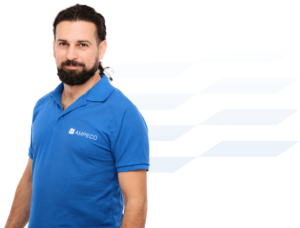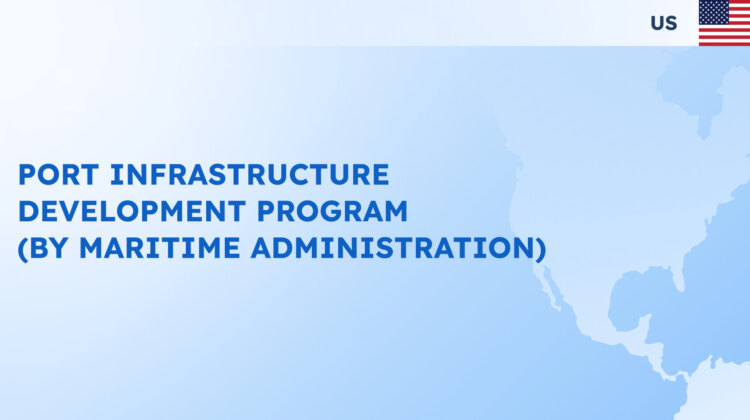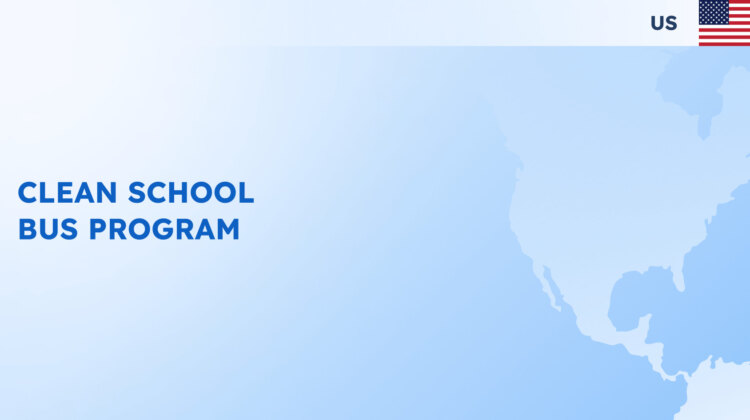The Federal Lands Access Program (FLAP) is a crucial initiative designed to support the development of transportation projects on Federal Lands Access Transportation Facilities, which are situated on or near federal lands such as national parks and national forests. This program aims to enhance access to these important federal areas while promoting sustainable transportation solutions, including the growth of EV charging networks. FLAP funding contributes to improving connectivity, mobility, and environmental sustainability in and around federal lands.
Funding Details
FLAP provides funding for transportation projects within approximately 10 miles of federal land boundaries. The program distributes funds among States based on a formula that takes into account the presence of federal lands. Key funding details include:
- Eligible EV Activities: FLAP funds a range of activities that promote EV adoption and infrastructure, including LDV (light-duty vehicle) charging, public transportation charging, commercial charging infrastructure planning, workforce development, and vehicle acquisition.
- Eligible Applicants: States, Tribes, and localities are eligible to apply for FLAP funding. They can seek support for EV infrastructure projects and transportation planning initiatives in areas near or providing access to federal lands.
- FY22 Formula Grant Range (to States): The funding range distributed to each state in FY22 varies between $21,000 and $31,000,000. The ultimate awards for recipients within each state can vary based on individual state circumstances.
- Frequency: Funding distribution frequency varies by state, allowing flexibility in project planning and implementation timelines.
- Match Requirement: The Federal share of eligible project costs is set at 80 percent. However, states with higher percentages of federal lands might have a sliding scale provision applied to the match requirement.
Eligibility Criteria: FLAP focuses on projects that enhance transportation facilities leading to federal lands. Eligible EV activities encompass EV charging infrastructure development, planning for commercial charging facilities, workforce development, and vehicle acquisition.
Eligible applicants include States, Tribes, and localities that intend to implement projects near or providing access to federal lands.
Application Process
Interested entities can apply for FLAP funding through their respective States. The application process involves submitting project proposals that align with FLAP objectives and demonstrate a clear plan for improving transportation access to federal lands. States typically manage the application review and selection process in coordination with the Federal Highway Administration (FHWA).
Key Benefits and Opportunities
Participating in the FLAP program offers several benefits and opportunities for EV charging network operators and other eligible applicants:
- Funding Support: FLAP provides substantial financial resources for the development of transportation projects and EV charging infrastructure.
- Enhanced Accessibility: Funded projects contribute to improved access to federal lands, benefiting both visitors and local communities.
- Sustainability: By promoting EV charging infrastructure and sustainable transportation solutions, FLAP contributes to reduced emissions and environmental preservation.
- Collaboration: FLAP encourages collaboration between different levels of government and stakeholders, fostering efficient and effective project implementation.
Additional Resources: Applicants seeking further information, guidelines, and support related to the Federal Lands Access Program (FLAP) can refer to this program resource.



















